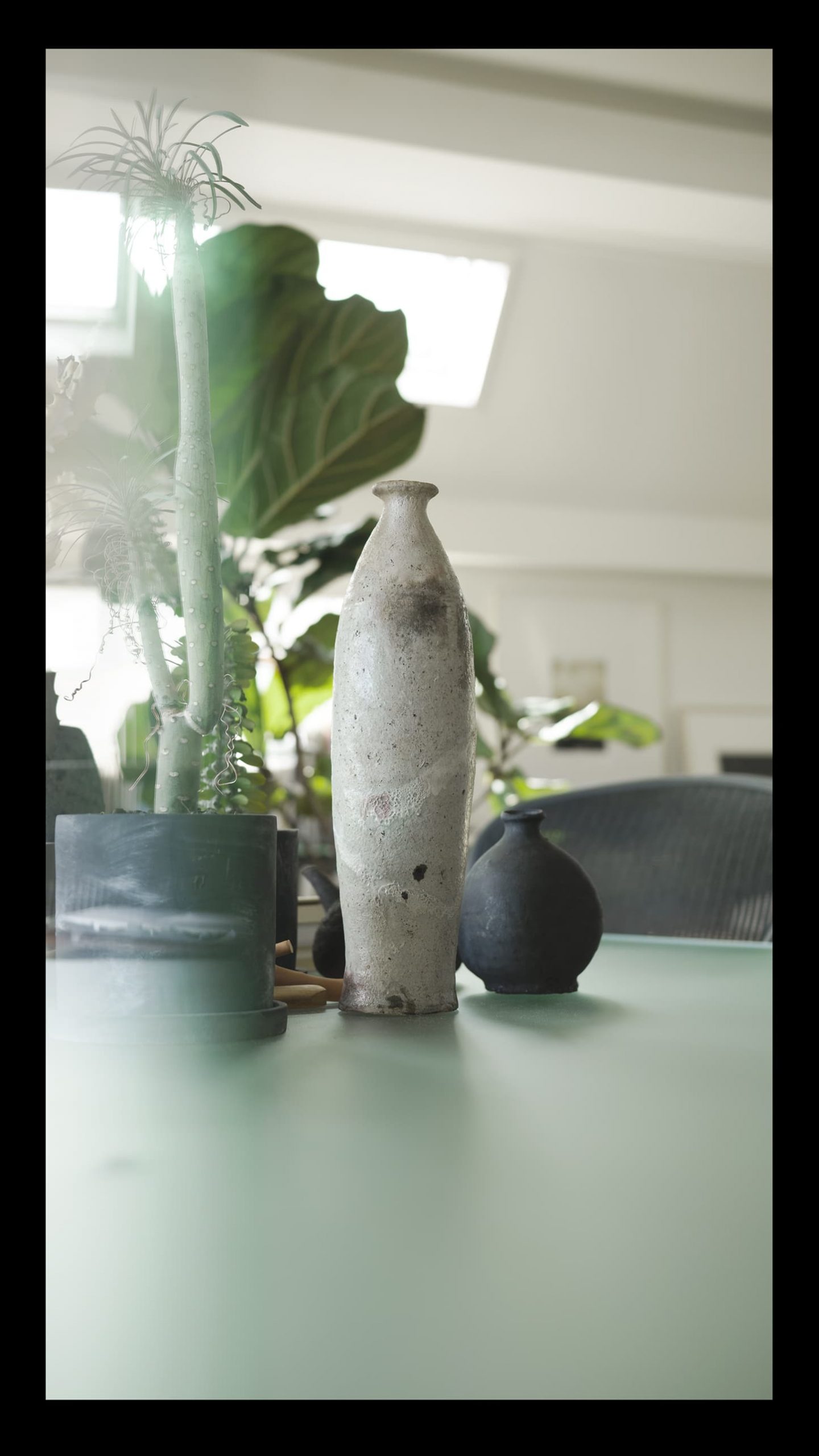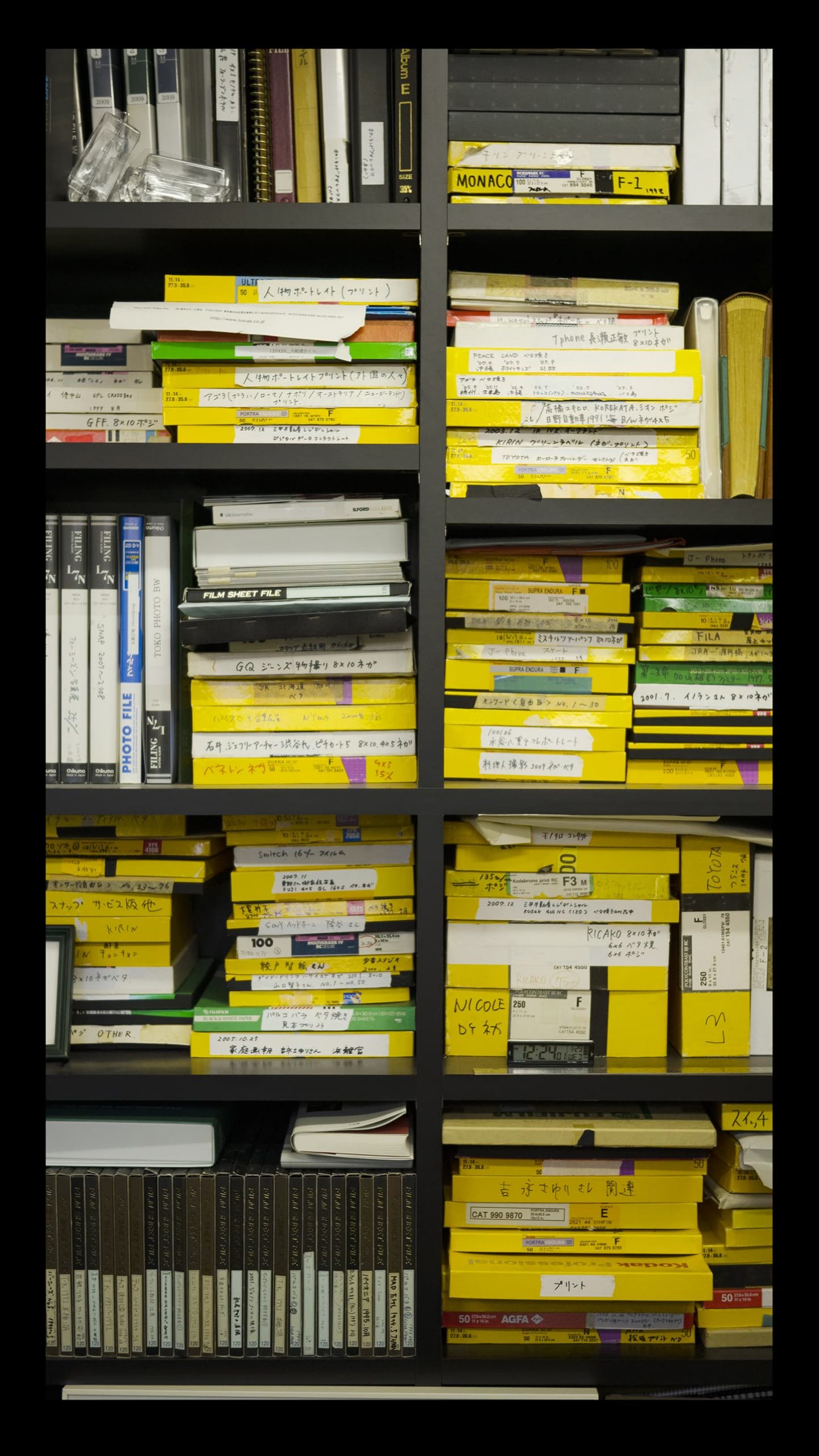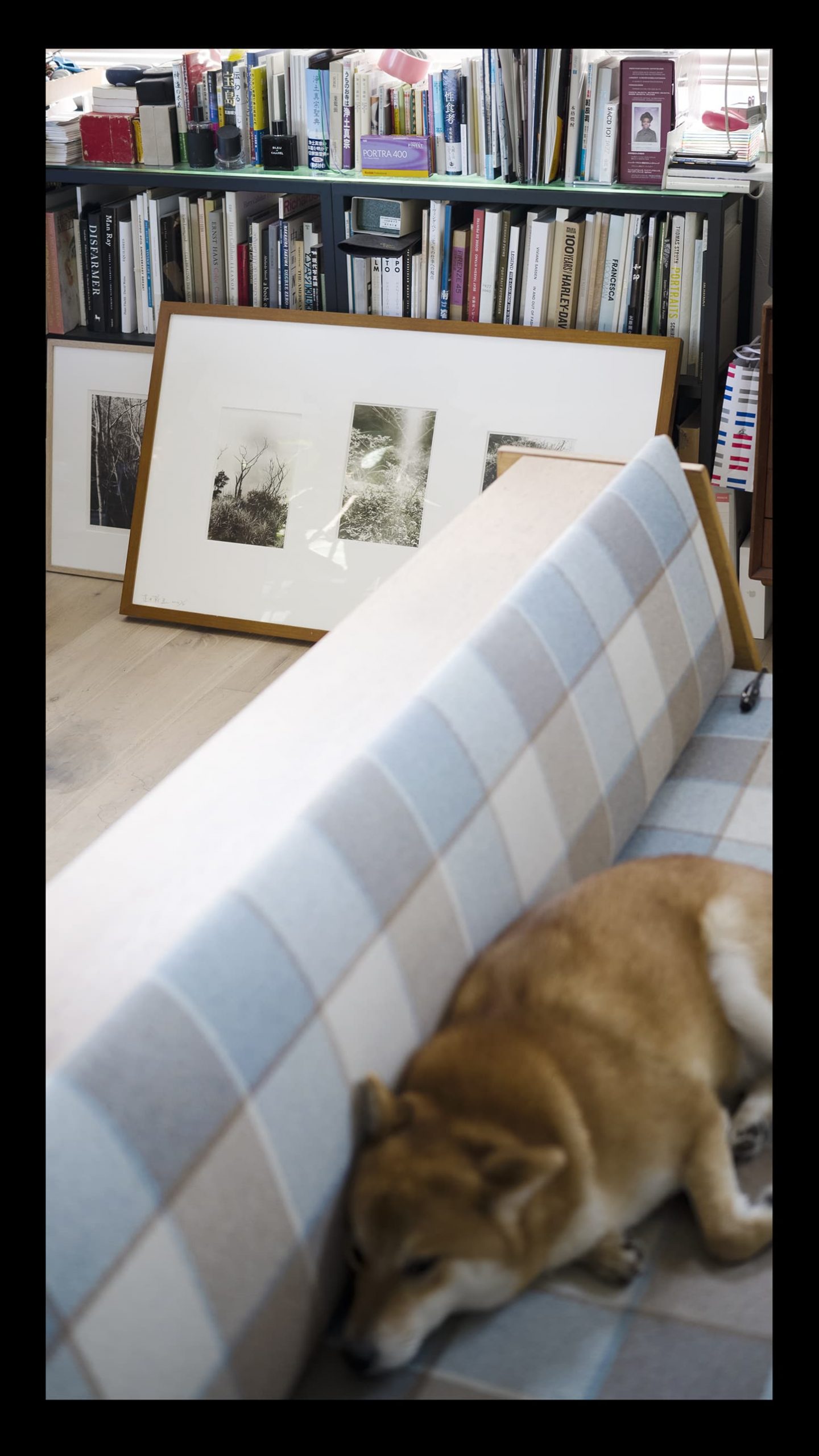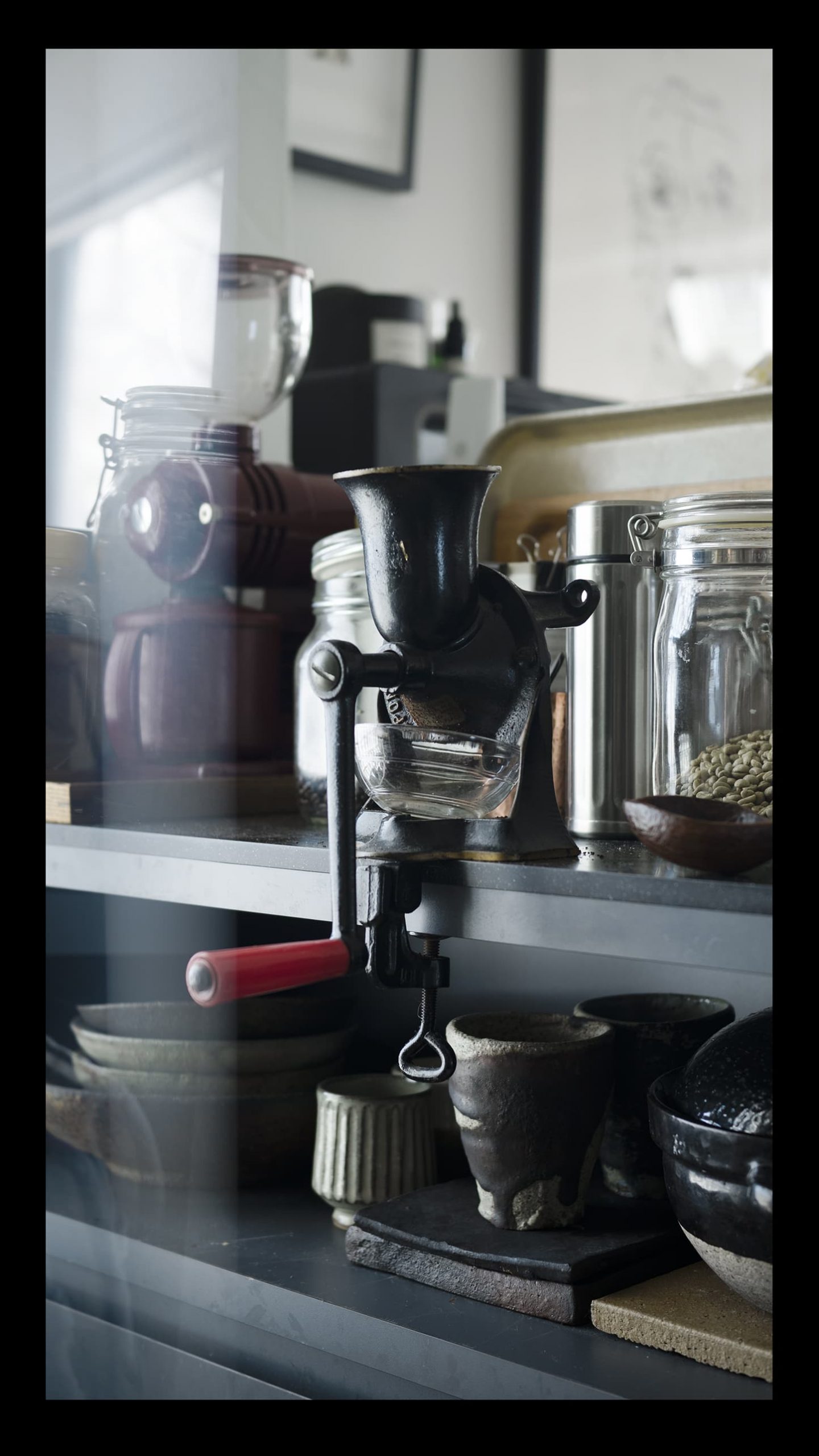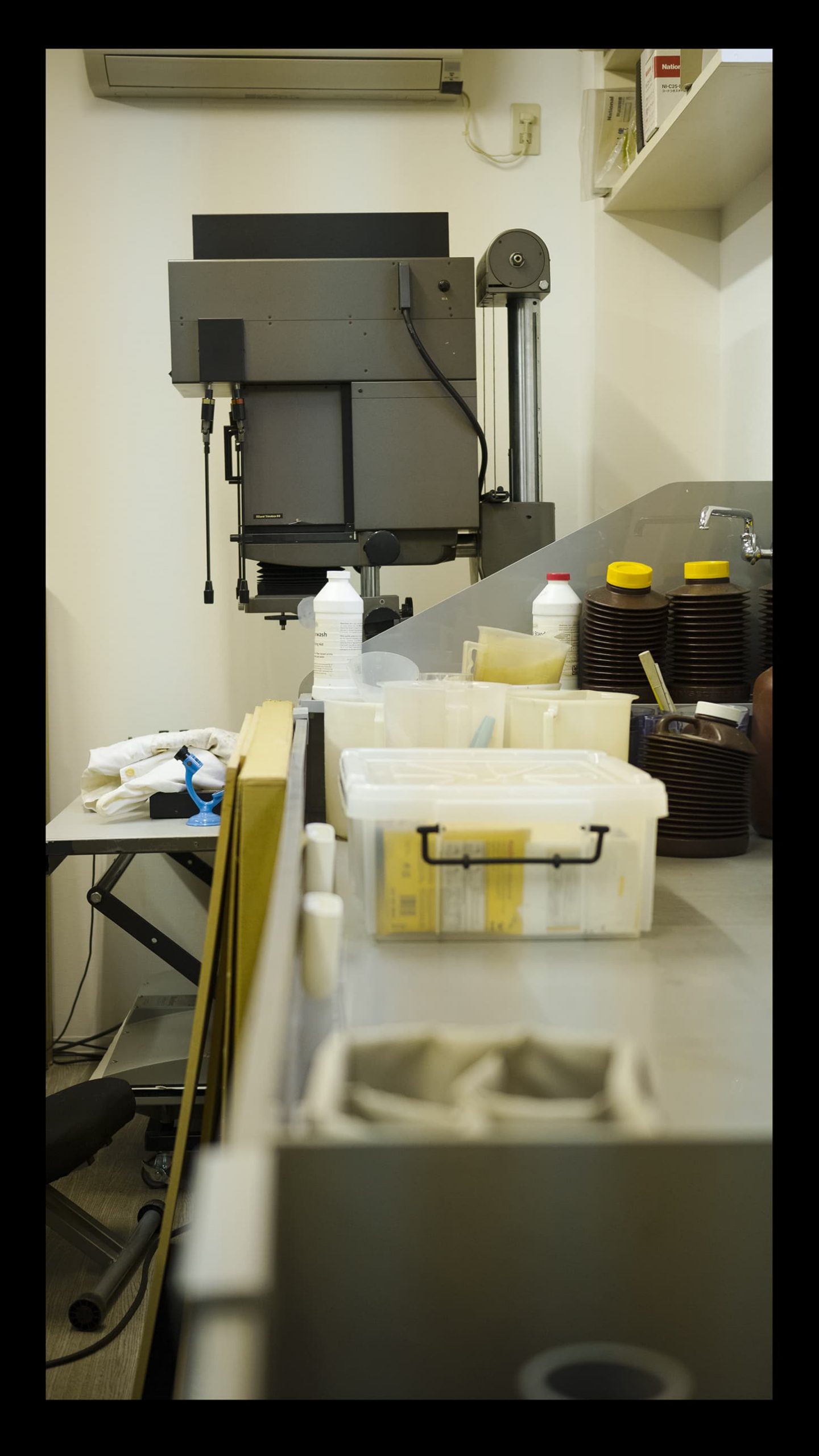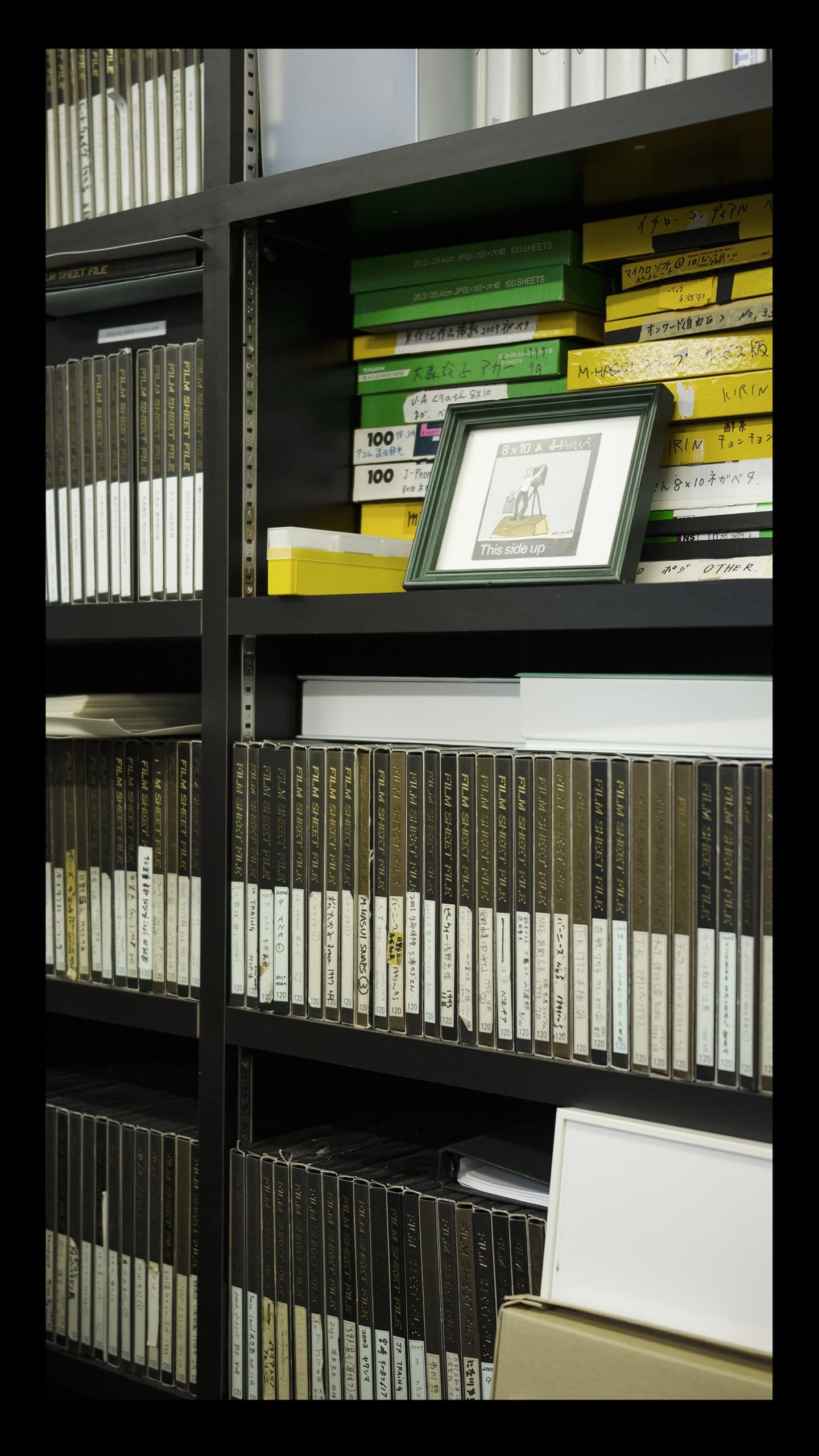
Mikio HASUI
Photographer
Produce: Yoshinao Yamada, Photo: Hiroshi Iwasaki, Video: DRAWING AND MANUAL
*English subtitle is available on this video.
Heart+fp
"II select my tools according to a very simple question:
whether I feel human from it or not.
Can I sense the people who created the tools through the tools?
That is all I pay attention to”
"My father had given me his camera as a keepsake”
My name is Mikio Hasui. I am a monk and a photographer. Ah, and I’ve been
roasting coffee for over ten years now, so maybe I could introduce myself as a
coffee roaster, too…
I was in my first or second year of elementary school when I took my first photos. My father was an amateur photographer and forced photography on me as well. But when you force something on a child at that age, the child will only hate it – and so I always hated photography. I always thought photography was the one thing that I would never do. But when I grew up, I quickly developed a huge interest in it. My father had given me his camera as a keepsake, and I shot my first real photographs with his camera. I think I was around thirty when I really began to learn photography.
The camera was a Nikomat EL, and I used it with a KOMURANON 135mm lens by KOMURA and a Nikon 50mm lens. Yes, I think I only owned those two lenses.
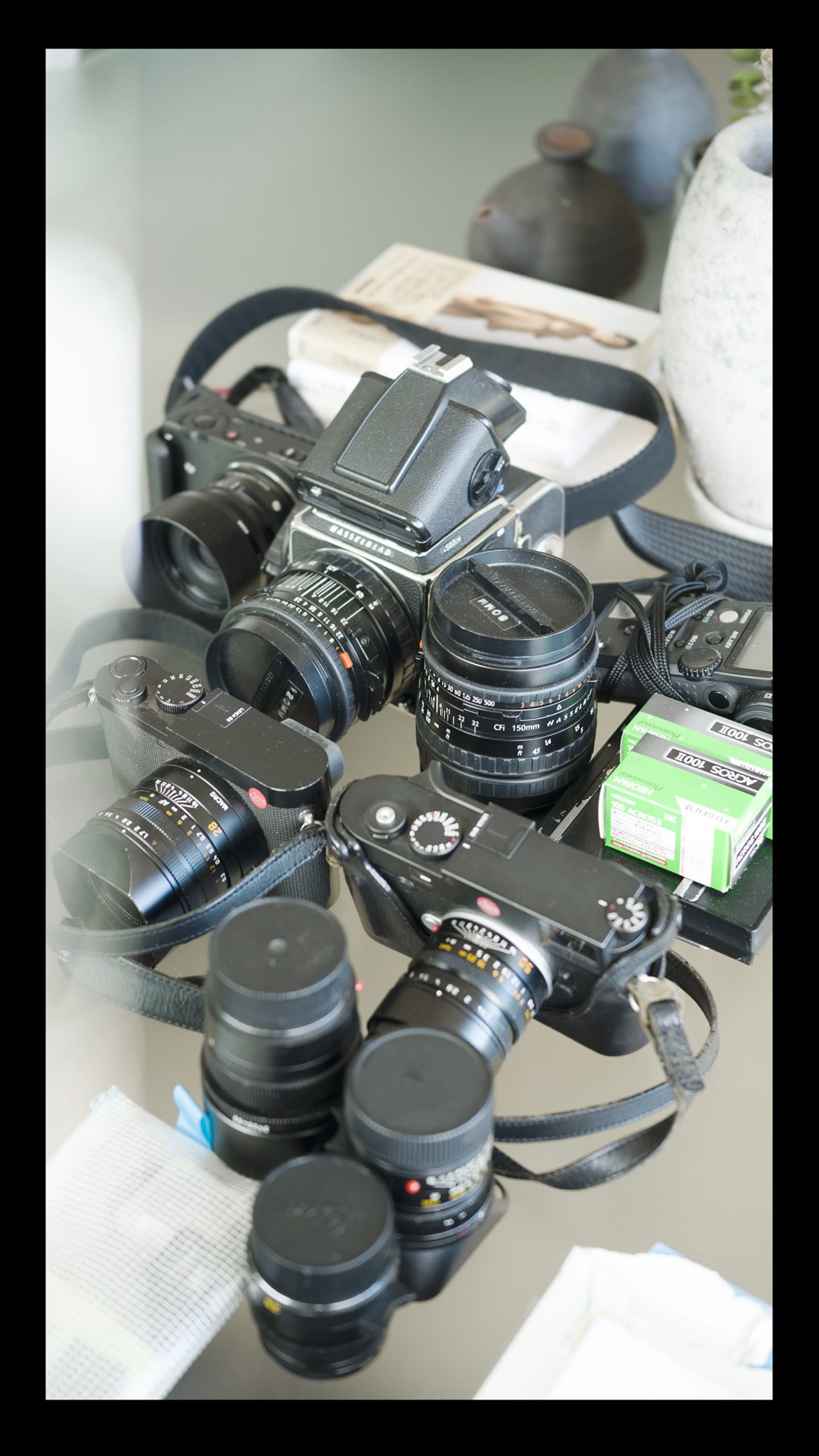
"The SIGMA of those days and the SIGMA of today seem like entirely different manufacturers”
Let me think about the cameras I used before the fp… how many have it been? The
first one was the Nikomat, and then soon after that I bought a Leica M3 that I
kept using for a long time. Eventually I became interested in medium format
photography and bought a Hasselblad. Since then, I have mostly been shooting
35mm or 8×10 for work. The 35mm camera I have used the longest must be a Nikon,
I think. I have used a lot of different SLR film cameras, from MINOLTA to
PENTAX, Canon and Leica. I don’t like doing things half heartedly, so when I buy
a new camera body, I always change the entire camera system I use as well. The
whole set.
I have been using SIGMA lenses in the past, and still do today. But I must admit I barely used the older SIGMA lenses, before SIGMA turned into its current version in 2012, because of the helicoid feeling of the barrels and my dissatisfaction with the overall quality. Looking back, I realize what a great company SIGMA has become today. It almost feels like they have been reborn. The SIGMA of those days and the SIGMA of today seem like entirely different manufacturers.
"Think deeply about how the world may look or should look”
The reason I like the current SIGMA lenses so much is their great design. Of
course, the optical performance is brilliant as well. If you asked me the best
lenses in the world right now, I think I would have to go with SIGMA.
What I find most brilliant is that there is a concept behind it all. I can feel a strong determination behind SIGMA’s decision to make an F1.4 lens series, for example. In short, I feel a strong determination to provide lenses that recreate an impression or image as a visual experience. I believe that they think deeply about how the world may look or should look, and they embody this philosophy in each of their products. You could call that a kind of philosophy, if you want, but I think SIGMA’s way of thinking is founded on flexibility and freedom.What I can sense from their products – and what I find interesting about them as a company – is that they approach manufacturing in a more natural way: "what do photographers desire right now?” or "okay, we have created this product. How could it be used?” That’s how they approach the fp as well – "we have this camera – how might professional photographers use it? How will normal people use it?” I almost feel like we as photographers are meant to find these answers.
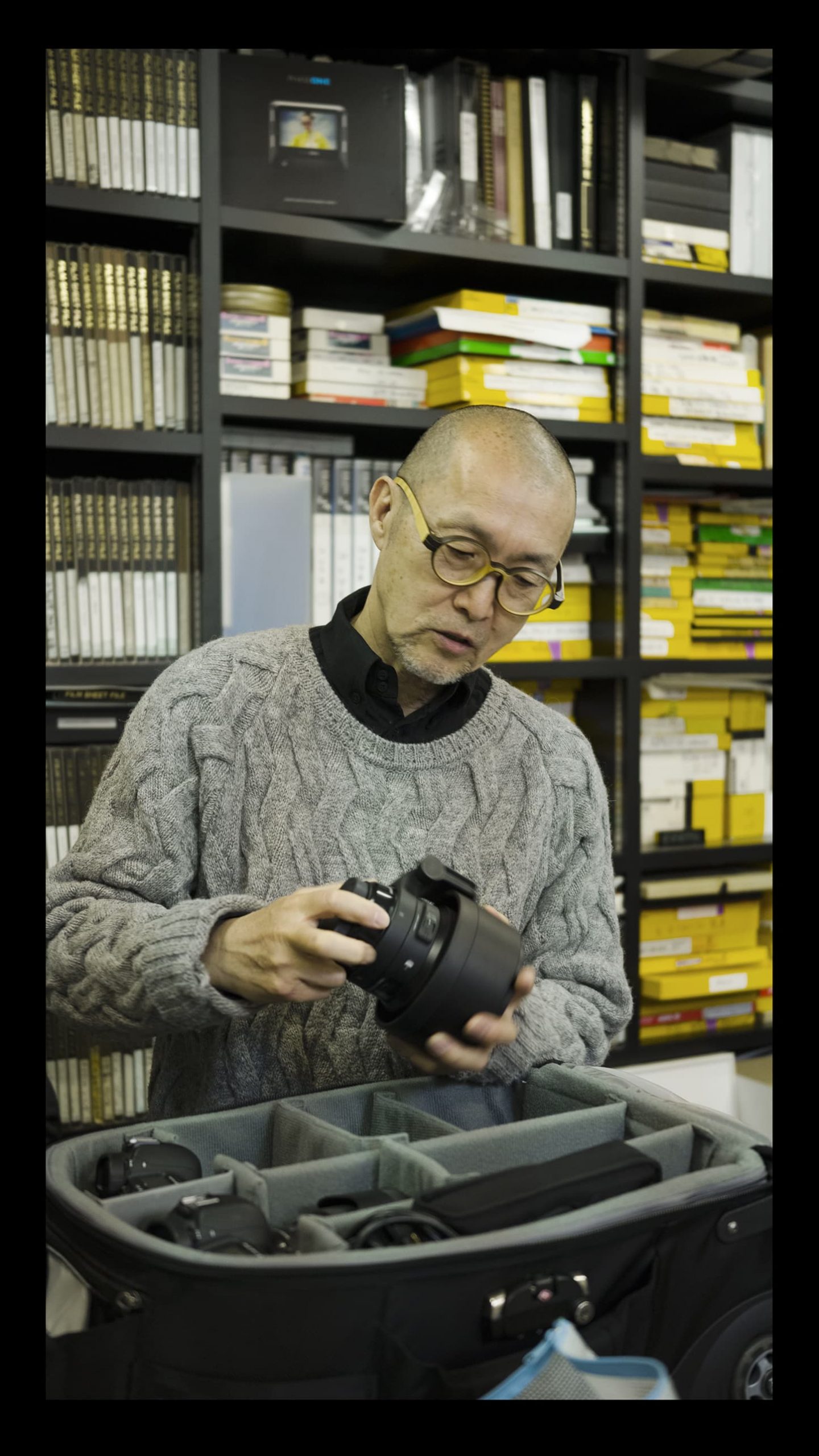
"I take photographs because what I want to express does not fit into words”
What is a camera? Cameras are language. My language. They are nothing else but
that: language. That is why I believe my works don’t require any additional
words. When I take my works to America or Europe, without fail I will be asked
for an artist’s statement. But if I could simply explain myself in written
words, then I would do that instead. I take photographs because what I want to
express does not fit into words. In the past, I too was trying to write
statements as best as I could. I wrote down my concepts, the circumstances of
the shoots, the reasons behind everything. But the more I tried to explain, the
lesser I thought of my work. When I thought about why, I understood that it is
because photographs already are my words, and that I don’t need to say anything
in addition.
If a philanthropist came along and said, "Mikio, here is all the gear and printing paper you’ll need in your life. I will take you to a lonely, but beautiful island where you will take photographs all day – but the catch is that you cannot show your photos to anyone”, then I would not take any photographs at all in those circumstances. I would not be able to take any, I think. I want my photographs to be seen by somebody, because they are my language. I can’t have an interesting conversation just on my own. I am happy when I can share what I am thinking with other people.
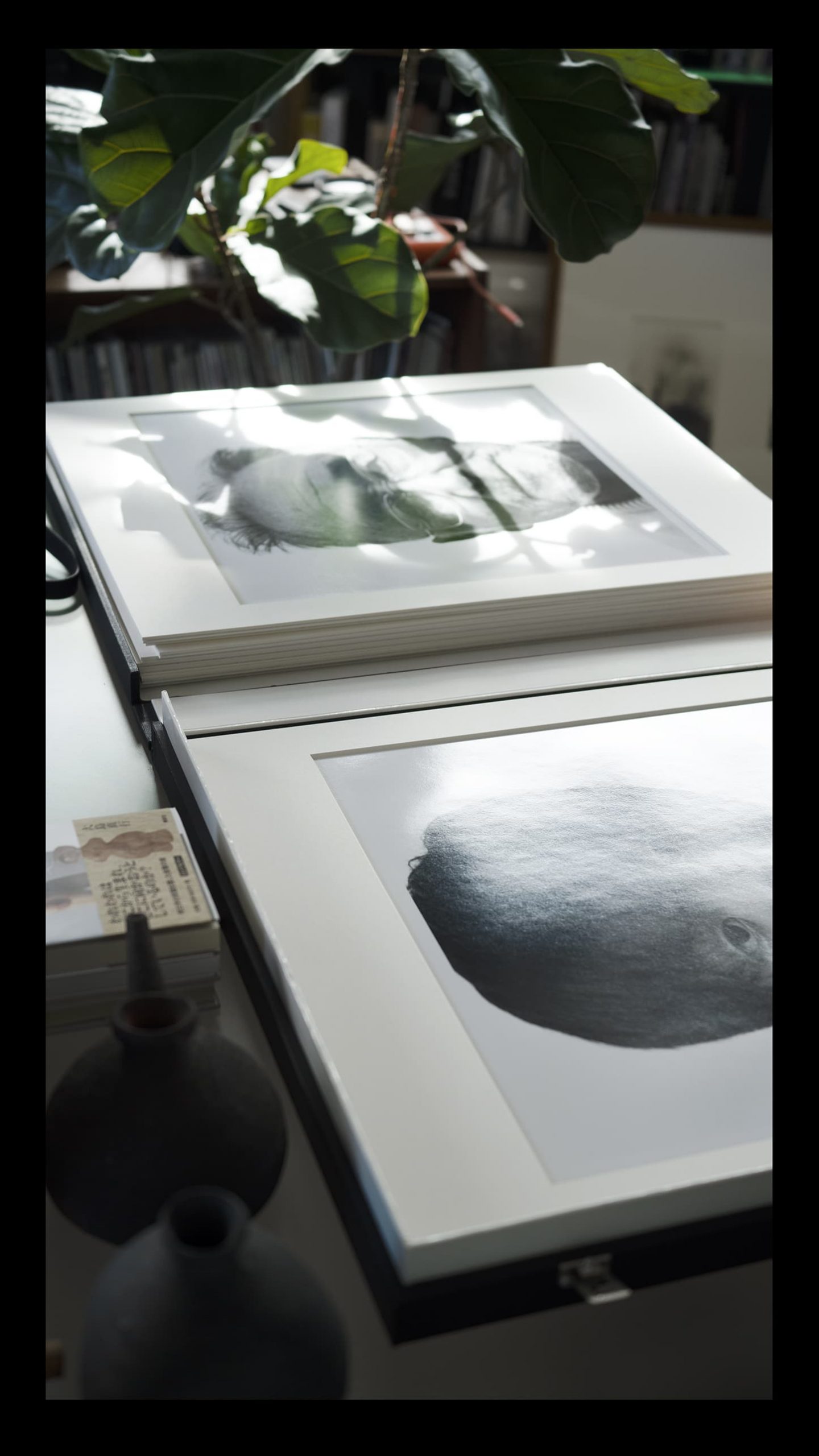
"I select my tools according to a very simple question: whether I feel human from it or not”
I select my tools according to a very simple question: whether I feel human from
it or not. Can I sense the people who created the tools through the tools? That
is all I pay attention to. In addition to its design or its features, a good
product usually possesses a distinct personality. It’s the same way with cars,
for example; I love it when they make me wonder "who made this?” and let me
sense the heart of their creators. I don’t like things that were created purely
logically.
That said, right now almost none of the products being made in Japan are created with heart. I see too many things that are the way they are because someone in the marketing department thought, "this way it will sell well”. With such products, you can sense that they are accumulations of many people’s intentions and theories. If you ask "who made this?”, there is no one who could truthfully say "I did”.
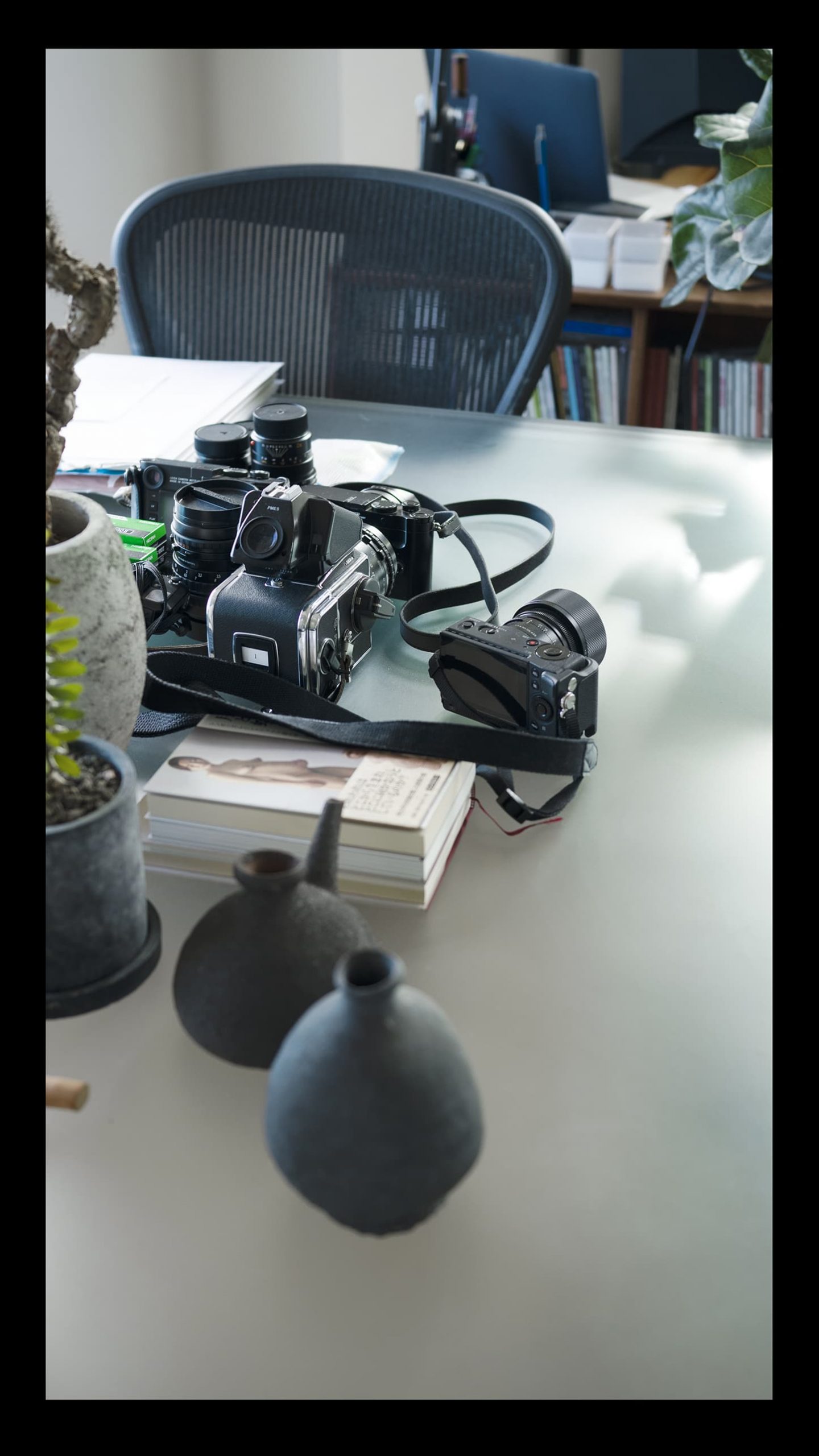
"The fp is a good camera because I can feel the people who wanted to create it in this way”
The fp is a good camera because I can feel the people who wanted to create it in
this way – someone imagined "How great it would be to have this kind of camera”
Like, it is really compact. I think that the body itself should be compact, at
least. And if anything else is needed, it can simply be attached to the body.
That way, the camera can be used by a lot of people in just the way they’d like.
These are all thoughts and ideas that someone contributed. That’s why the fp is
such an interesting thing. As a comparison, Leica follows clear rules that were
created by someone who shaped Leica’s distinct personality. They have very clear
ideas of what photography should be like, and what cameras should be like. I
find this amazing. That is my standard for selecting things, regardless of the
product – can I sense the people who made this in the product itself? Can I even
imagine what they might be like? Even if something wasn’t made by a specific
designer but through a consensual process – as long as the product expresses a
certain philosophy or personality, I will love it. But if can’t feel anything
like that, then I do not want the object anywhere near me.
The fp is extremely small and simple. And in it, I can see the faces of the people who created it. It’s very important for me that they went through all that effort. Anything made by people that is beautiful, whether it is furniture or tableware or cars – it is all about whether their creators went all in or not. And with the fp, they went all in.

